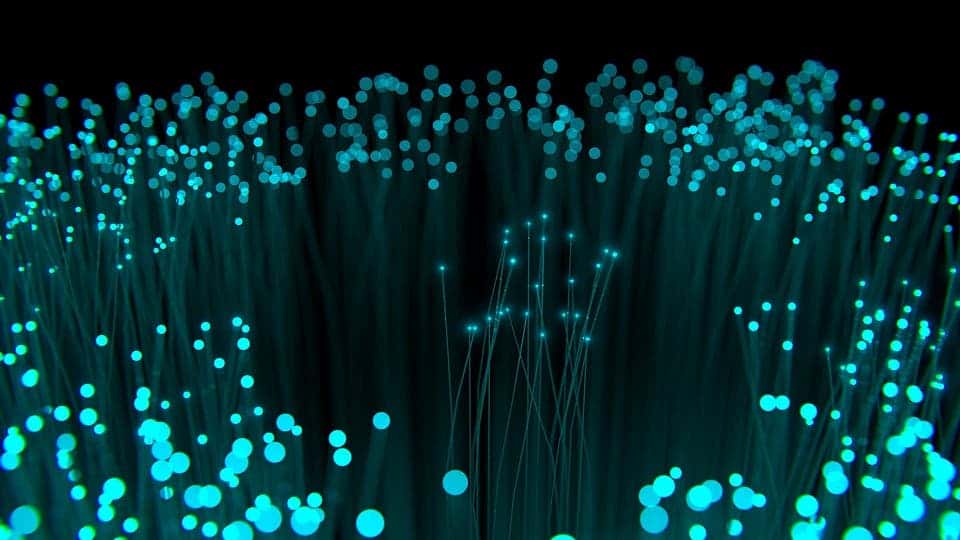A team of researchers based in Innsbruck reports sending light entangled with quantum information over a 50-kilometer-long stretch of optic fiber.

The study comes as a collaboration between members at the Department of Experimental Physics at the University of Innsbruck and at the Institute of Quantum Optics and Quantum Information of the Austrian Academy of Sciences. They report setting the longest record for the transfer of quantum entanglement between matter and light.
Such results pave the way for long-range quantum communication, which would enable transfer between different cities, for example. Effectively, the early stages of quantum bit Internet.
Lasers and crystals
“[50 km] is two orders of magnitude further than was previously possible and is a practical distance to start building inter-city quantum networks,” says Ben Lanyon, the Ph.D. and experimental physicist at the Austrian Academy of Sciences who led the research.
One of the most appealing prospects of a quantum internet is that it should be completely tap-proof. Information in such a network is encrypted and unbreakable, and any interference with the signal readily apparent.
However, quantum information cannot be copied, so it wouldn’t work through your router.
Such information needs to be carried by entangled particles. So the team took a calcium ion, secured it in an ion trap, and blasted it with lasers. This step both ‘wrote’ the information into the ion as a quantum state and made it emit a photon (to ‘glow’, basically). Then, this photon needed to be amplified to be sent down the optic fiber.
“The photon emitted by the calcium ion has a wavelength of 854 nanometers and is quickly absorbed by the optical fiber,” says Lanyon.
The researchers sent the photon through a crystal illuminated by a strong laser to boost it up to a wavelength of 1550 nanometers. The calcium atom and light particle were still entangled even after the conversion and a 50-kilometer journey through the optic cable.
In the future, the team wants to double the distance such a particle can travel to 100 km of optic fiber, potentially enabling connections between cities. Only a handful of trapped ion-systems would be required to maintain a quantum internet link between Innsbruck and Vienna (387km/240mi), for example.
The paper “Light-matter entanglement over 50 km of optical fibre” has been published in the journal npj Quantum Information.






